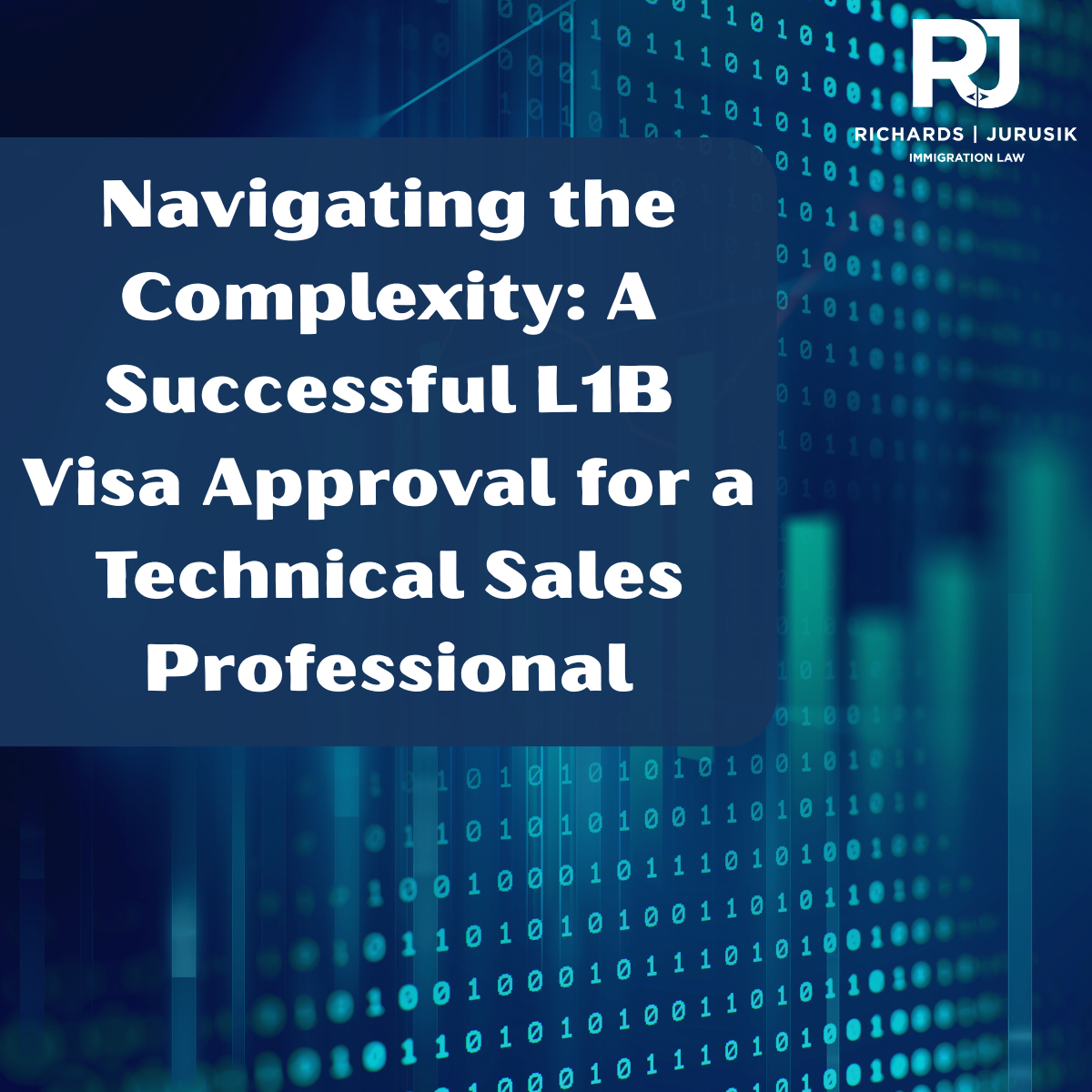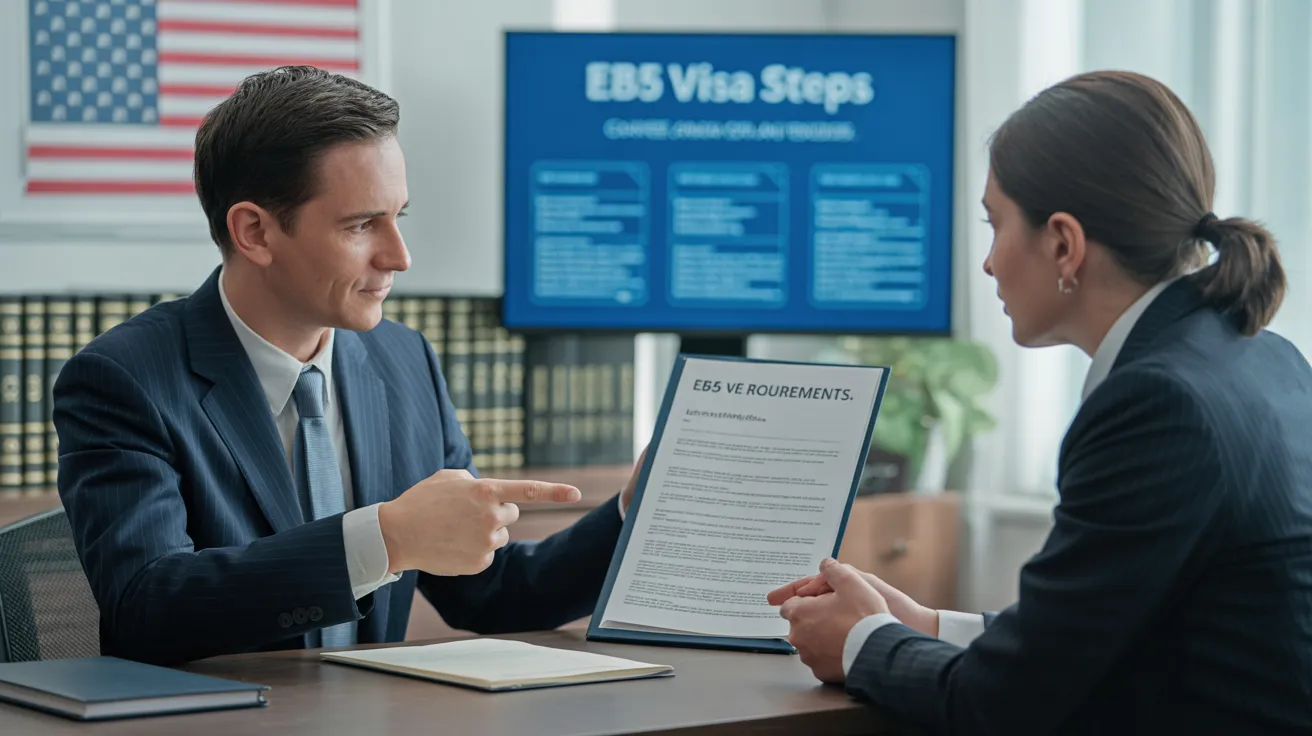L1 Visa Process
Some Known Factual Statements About L1 Visa
Table of ContentsThe 5-Minute Rule for L1 VisaIndicators on L1 Visa You Need To KnowThe smart Trick of L1 Visa That Nobody is DiscussingL1 Visa Fundamentals ExplainedThe Single Strategy To Use For L1 VisaThe Greatest Guide To L1 Visa
Readily Available from ProQuest Dissertations & Theses Worldwide; Social Science Costs Collection. DHS Office of the Inspector General. Fetched 2023-03-26.
U.S. Department of State. Gotten 22 August 2016. "Workers paid $1.21 an hour to install Fremont tech firm's computers". The Mercury Information. 2014-10-22. Recovered 2023-02-08. Costa, Daniel (November 11, 2014). "Little-known short-term visas for international technology workers depress salaries". Capital. Tamen, Joan Fleischer (August 10, 2013). "Visa Holders Change Workers".
What Does L1 Visa Do?
In order to be qualified for the L-1 visa, the foreign company abroad where the Recipient was employed and the United state company have to have a qualifying partnership at the time of the transfer. The different types of qualifying relationships are: 1.
Example 1: Firm A is integrated in France and uses the Recipient. Company B is integrated in the U.S. and intends to petition the Recipient. Firm A has 100% of the shares of Firm B.Company A is the Parent and Company B is a subsidiary. There is a qualifying connection between the two firms and Firm B need to be able to sponsor the Beneficiary.
Company A has 40% of Business B. The staying 60% is had and managed by Firm C, which has no relationship to Company A.Since Company A and B do not have a parent-subsidiary partnership, Firm A can not sponsor the Recipient for L-1.
Firm An owns 40% of Company B. The continuing to be 60% is had by Company C, which has no connection to Firm A. Nonetheless, Firm A, by formal agreement, controls and full takes care of Business B.Since Business A possesses much less than 50% of Business B but handles and manages the business, there is a qualifying parent-subsidiary relationship and Company A can sponsor the Recipient for L-1.
L1 Visa Fundamentals Explained
Business B is included in the U.S.
How L1 Visa can Save You Time, Stress, and Money.

The L-1 visa is an employment-based visa classification developed by Congress in 1970, allowing multinational companies to transfer their supervisors, execs, or key workers to their U.S. procedures. It is frequently referred to L1 Visa attorney as the intracompany transferee visa.

Furthermore, the recipient needs to have worked in a supervisory, exec, or specialized employee setting for one year within the 3 years preceding the L-1A application in the international firm. For brand-new office applications, international work should have been in a managerial or executive ability if the recipient is coming to the USA to function as a supervisor or exec.
Not known Factual Statements About L1 Visa

If given for a united state company functional for more than one year, the first L-1B visa is for up to three years and can be prolonged for an additional 2 years (L1 Visa). Alternatively, if the U.S. business is recently established or has been functional for less than one year, the preliminary L-1B visa is provided for one year, with extensions readily available in two-year increments
The L-1 visa is an employment-based visa category developed by Congress in 1970, permitting international business to move their supervisors, execs, or key personnel to their U.S. procedures. It is typically referred to as the intracompany transferee visa.
Not known Facts About L1 Visa
Additionally, the beneficiary get started should have operated in a managerial, executive, or specialized worker setting for one year within the 3 years coming before the L-1A application in the foreign company. For new workplace applications, foreign employment needs to have remained in a supervisory or executive capacity if the beneficiary is coming to the United States to function as a manager or exec.
for up to seven years to look after the procedures of the U.S. affiliate as an executive or manager. If released for an U.S. business that has actually been functional for greater than one year, the L-1A visa is originally granted for up to three years and can be extended in two-year increments.
If given for an U.S. company functional for greater than one year, the first L-1B visa is for up to three years and can be extended for an additional 2 years. On the other hand, if the united state firm is freshly developed or has actually been operational for less than one year, the preliminary L-1B visa is issued for one year, with expansions available in two-year increments.